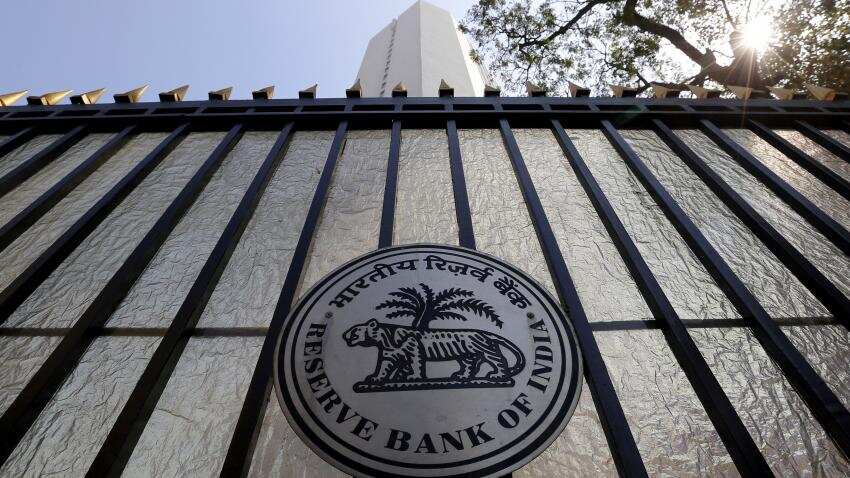RBI's Financial Stability Report: Banks continue to face significant levels of stress
Reserve Bank of India (RBI) on Thursday released its Financial Stability Report (FSR) December 2016 where it said that banks, particularly public sector banks, continue to face significant levels of stress.

Reserve Bank of India (RBI) on Thursday released its Financial Stability Report (FSR) December 2016 where it said that banks, particularly public sector banks, continue to face significant levels of stress.
RBI said, "The banking stability indicator (BSI) shows that the risks to the banking sector remained elevated due to continuous deterioration in asset quality, low profitability and liquidity. The business growth of scheduled commercial banks (SCBs) remained subdued with public sector banks (PSBs) continuing to lag behind their private sector peers. System level profit after tax (PAT) contracted on y-o-y basis in the first half of 2016-17."
RBI said that the performance of the Indian banking sector remained subdued during 2015-16 amidst rising proportion of banks’ delinquent loans, consequent increase in provisioning and continued slowdown in credit growth. However banks’ retail portfolios registered double-digit growth during the year. It said, "During 2015-16, Scheduled Commercial Banks' interest earnings and non-interest incomes were adversely affected, which led to a more than 60 per cent drop in net profits for the banking sector. Banks’ return on assets (RoA) and return on equity (RoE) showed a substantial decline as compared to the previous year even as the public sector banks (PSBs) reported negative RoA."
RBI further said that the asset quality of banks deteriorated further between March and September 2016. PSBs continued to record the lowest capital to risk-weighted assets ratio (CRAR) among the bank groups with negative returns on their assets, it said.
"The GNPA (gross non-performing advances) ratio of SCBs increased to 9.1 per cent in September 2016 from 7.8 per cent in March 2016, pushing the overall stressed advances ratio to 12.3 per cent from 11.5 per cent. The large borrowers registered significant deterioration in their asset quality," RBI said.
RBI said that although the performance of most emerging market economies (EMEs) was marked by severe domestic imbalances emanating from economic slowdown and downturn in credit growth coupled with rising stress in corporate and financial sectors, India stood out in terms of higher economic growth although the banking sector was under stress primarily on account of asset quality concerns.
05:24 PM IST






 EMI calculation: Should you pay or not? Anil Singhvi explains what home loan, auto loan, other borrowers should do
EMI calculation: Should you pay or not? Anil Singhvi explains what home loan, auto loan, other borrowers should do EMI Moratorium Latest News: What it is? What it means for car, home and other loans? Should you postpone payment or keep paying? Check best advice for you
EMI Moratorium Latest News: What it is? What it means for car, home and other loans? Should you postpone payment or keep paying? Check best advice for you Took home loan, car loan from this bank? Good news for you - Check details
Took home loan, car loan from this bank? Good news for you - Check details SBI interest rates on loans slashed by whopping 75 bps, passes on entire RBI repo rate cut to borrowers
SBI interest rates on loans slashed by whopping 75 bps, passes on entire RBI repo rate cut to borrowers RBI steps will ease pressure on the financial system: Amitabh Chaudhry, Axis Bank
RBI steps will ease pressure on the financial system: Amitabh Chaudhry, Axis Bank